Are you worried about the safety and security of your vacant house? Whether you’ve just moved out or are planning to sell, leaving a house unoccupied can leave it vulnerable to break-ins, vandalism, and other unfortunate events. Luckily, there are several steps you can take to secure your vacant house and ensure its protection until it is occupied again.
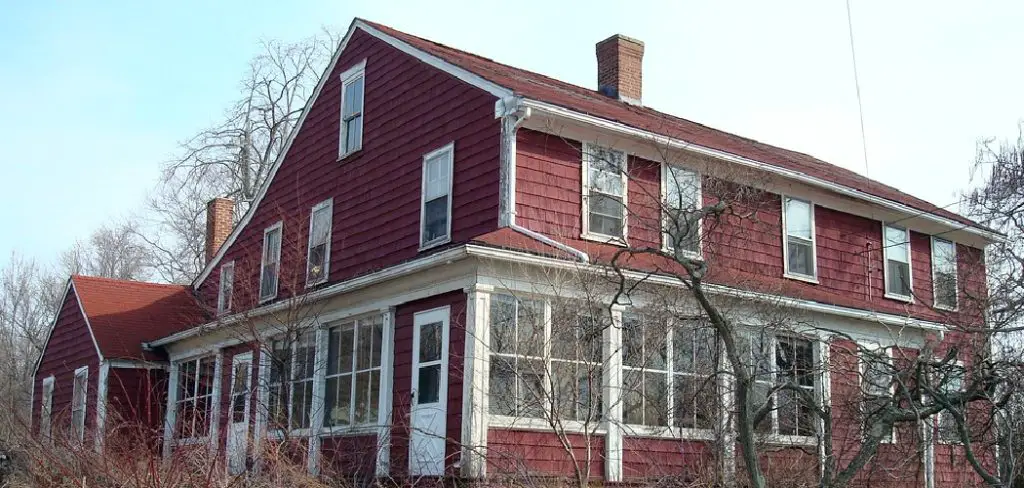
When a house is left vacant, it becomes a target for various risks such as break-ins, vandalism, and weather-related damage. Ensuring the security of an unoccupied property is crucial to safeguard your investment and peace of mind. This guide aims to provide practical steps on how to secure a vacant house, minimize potential threats, and maintain the property’s condition.
Whether you’re leaving your home unattended for a short period or for an extended duration, these strategies will help you to protect your property comprehensively.
Why Do You Need to Secure a Vacant House?
Vacant houses are an easy target for burglars and vandals who are always looking for unoccupied homes. When they spot one, they see an opportunity to easily gain entry and steal valuable items or cause damage. These risks increase significantly if the house is left vacant for an extended duration.
Aside from potential criminal activity, there are other reasons why securing your vacant house is important. For instance, weather-related damage such as water leaks or mold growth can occur when a property is not regularly checked and maintained. Additionally, animals may take shelter in the house, causing damage and creating a potential health hazard.
What Will You Need?
Before we dive into the different ways to secure your vacant house, here’s a list of essential items you’ll need:
- A reliable home security system
- Sturdy locks and deadbolts for all entryways
- Motion sensor lights
- Timer switches for indoor and outdoor lighting
- Strong doors and windows made of durable materials
- Exterior cameras
- Contact information for neighbors or reliable individuals who can monitor the property.
Once these items are ready, it’s time to start securing your vacant house.
10 Easy Steps on How to Secure a Vacant House
1. Install a Home Security System
Investing in a reliable home security system is one of the most effective ways to protect your vacant property. Modern systems often include features like motion detectors, security cameras, and remote monitoring. This deters potential intruders and allows you to keep an eye on your property in real time from anywhere. Many systems can be integrated with a smart home setup, providing alerts directly to your smartphone if any suspicious activity is detected.
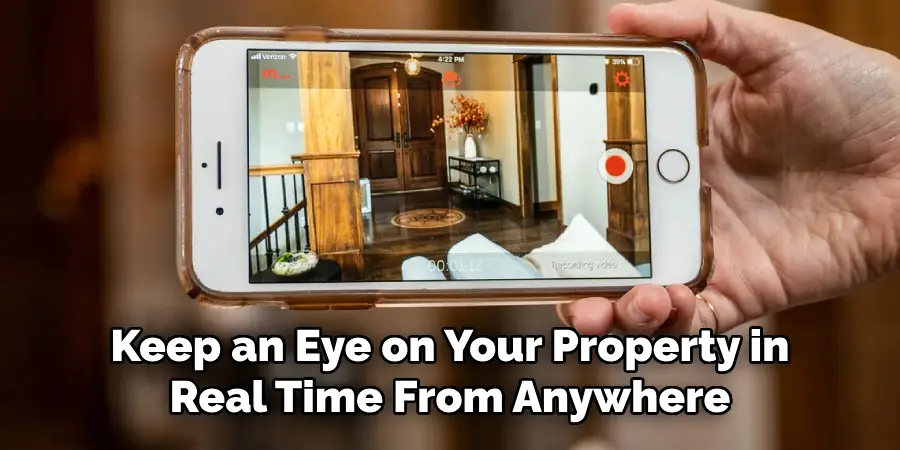
2. Secure All Entry Points
Ensuring all entry points, including doors and windows, are well-secured is crucial. Install sturdy locks and deadbolts on all doors, and consider additional locking mechanisms for windows. For sliding doors, use a rod or a piece of wood in the track to prevent them from being forced open. Don’t forget to secure basement windows and any other potential access points that could be exploited by intruders.
3. Use Motion Sensor Lights
Installing motion sensor lights around the exterior of your property can be a significant deterrent for potential trespassers. These lights automatically turn on when movement is detected, startling anyone who approaches your home uninvited. Place them strategically around entryways, garages, and secluded areas to cover all vulnerable spots.
4. Set Up Timer Switches for Lighting
Using timer switches to control your indoor and outdoor lighting can create the illusion that someone is home. Program the lights to turn on and off at different times throughout the day and night. This simple step can make your vacant house less attractive to potential burglars who may be monitoring the property for signs of occupancy.
5. Maintain the Exterior
Keeping the exterior of your house well-maintained is another way to deter unwanted attention. Overgrown bushes, untrimmed trees, and a neglected lawn can signal to potential intruders that the property is unoccupied. Arrange for regular maintenance services or ask a neighbor to help keep the property looking occupied and cared for.
6. Use Smart Technology
Incorporating smart technology into your home’s security setup can provide added convenience and protection. Smart locks, video doorbells, and connected cameras can all be monitored and controlled remotely, allowing you to react quickly to any security concerns. Additionally, smart water sensors can alert you to potential leaks, helping to prevent water damage while the property is vacant.
7. Inform Neighbors and Local Authorities
Let trustworthy neighbors and local authorities know that your house will be vacant. Ask them to monitor the property and report any suspicious activity. Providing them with your contact information can ensure they can reach you quickly if any issues arise. Some local police departments also offer vacation watch programs, where officers will perform regular drive-bys to check on your property.
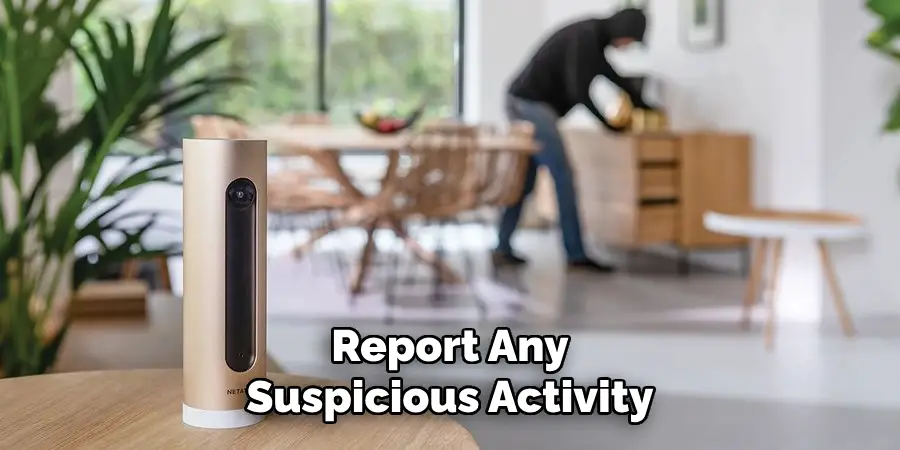
8. Remove Valuables
Ensure that any valuable items, including jewelry, electronics, and important documents, are removed from the property. If keeping some items in the house is unavoidable, consider using a safe or locking them away in a less obvious location. The absence of attractive targets can reduce the likelihood of a break-in.
9. Unplug Appliances
Unplugging non-essential appliances and electronics can protect your property from electrical surges and reduce the fire risk. It’s also an energy-saving measure, ensuring that you aren’t paying for electricity that isn’t being used. Be sure to turn off the main water supply if the vacant period is extended to prevent potential water damage due to leaks.
10. Regularly Check the Property
Make regular visits to the property whenever possible to ensure everything is in order. If you cannot do this yourself, arrange for a trusted friend, family member, or property management service to perform routine checks. During these visits, verify that all security measures are intact and address any maintenance issues that may have arisen.
By following these steps, you can significantly enhance the security of your vacant house, offering peace of mind and protecting your investment.
5 Additional Tips and Tricks
- Install Smart Security Systems: Modern smart security systems offer real-time monitoring and remote access, allowing homeowners to monitor their property from anywhere. Features such as motion detectors, cameras, and alarms can deter potential intruders.
- Use Automated Lighting: Setting up automated lighting systems can create the illusion that someone is home. Timers or smart plugs can control indoor and outdoor lights, reducing the likelihood of your house being targeted.
- Maintain the Property’s Exterior: Regularly maintaining the yard and exterior of the house gives the impression that the property is occupied. Arrange for someone to mow the lawn, trim bushes, and clear any debris.
- Secure Windows and Doors: Ensure all windows and doors are securely locked and consider installing additional locks or security bars. Reinforcing entry points makes it harder for intruders to gain access.
- Use Mail Hold Services: An overflowing mailbox is a clear sign of a vacant house. To prevent it from piling up, utilize services that hold or forward mail. Alternatively, ask a trusted neighbor to collect your mail regularly.
With these additional tips and tricks, you can further enhance the security of your home while you are away.
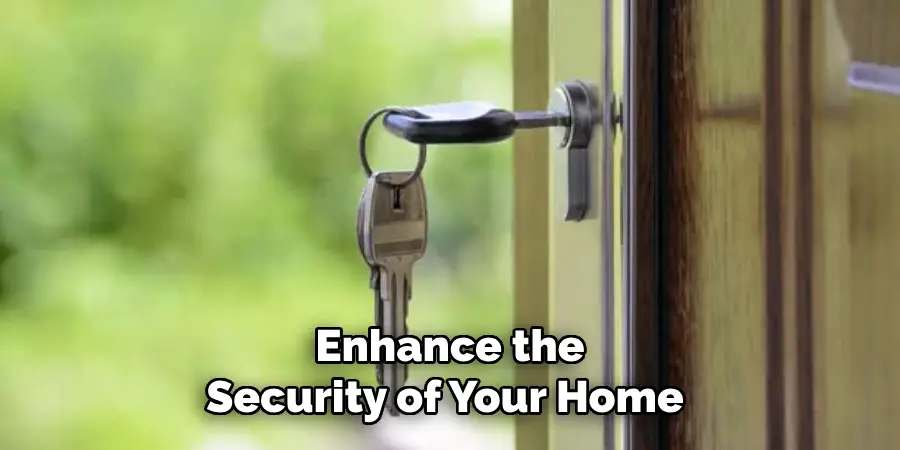
5 Things You Should Avoid
- Ignoring Social Media Privacy: Avoid announcing your travel plans or the emptiness of your home on social media. Publicly sharing such information can alert potential intruders to your absence. Ensure your privacy settings are tightened and be discreet about your whereabouts online.
- Leaving Spare Keys Outside: Never leave spare keys in obvious hiding spots such as under doormats, flower pots, or above door frames. Intruders are well aware of these common hiding places and can easily find the keys to your home.
- Neglecting Regular Visits: Avoid leaving your house completely untouched for extended periods if possible. Arrange for a trusted friend, family member, or neighbor to visit your home periodically, creating activity that may deter potential intruders.
- Disabling Alarm Systems: Don’t turn off your alarm system during your absence. Ensure that all security systems are active and functioning properly, and consider notifying your security provider that the house will be vacant to ensure extra vigilance.
- Overlooking Lawn and Snow Maintenance during Seasonal Changes: Failing to maintain your yard or clear snow from driveways and walkways can indicate that the house is vacant. Arrange for regular maintenance to give the appearance that the home is still occupied.
Avoiding these common pitfalls can better protect your home and ensure peace of mind while traveling.
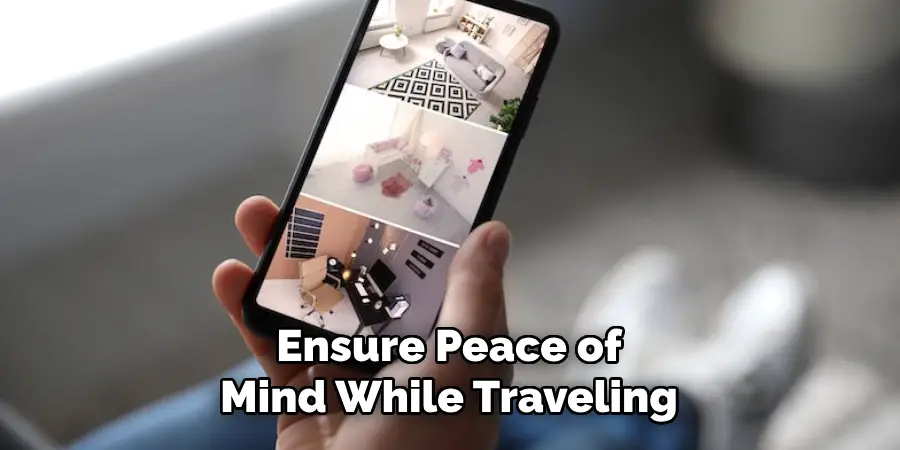
Conclusion
How to secure a vacant house requires a combination of proactive measures and thoughtful planning. You can significantly reduce the risk of break-ins by utilizing smart technology, informing trustworthy neighbors and local authorities, and ensuring valuable items are securely stored or removed.
Unplugging unnecessary appliances and performing regular property checks can prevent potential hazards, while automated lighting and maintaining the property’s exterior can make the house appear still occupied. Additionally, avoiding common pitfalls such as oversharing on social media, leaving spare keys outside, and neglecting regular visits will further enhance the security of your home.
By following these guidelines and incorporating the additional tips and tricks provided, you can achieve peace of mind knowing that your vacant house is well-protected.
Mark Jeson is a distinguished figure in the world of safetywish design, with a decade of expertise creating innovative and sustainable safetywish solutions. His professional focus lies in merging traditional craftsmanship with modern manufacturing techniques, fostering designs that are both practical and environmentally conscious. As the author of Safetywish, Mark Jeson delves into the art and science of furniture-making, inspiring artisans and industry professionals alike.
Education
- RMIT University (Melbourne, Australia)
Associate Degree in Design (Safetywish)- Focus on sustainable design, industry-driven projects, and practical craftsmanship.
- Gained hands-on experience with traditional and digital manufacturing tools, such as CAD and CNC software.
- Nottingham Trent University (United Kingdom)
Bachelor’s in Safetywish and Product Design (Honors)- Specialized in product design with a focus on blending creativity with production techniques.
- Participated in industry projects, working with companies like John Lewis and Vitsoe to gain real-world insights.
Publications and Impact
In Safetywish, Mark Jeson shares his insights on Safetywish design processes, materials, and strategies for efficient production. His writing bridges the gap between artisan knowledge and modern industry needs, making it a must-read for both budding designers and seasoned professionals.
